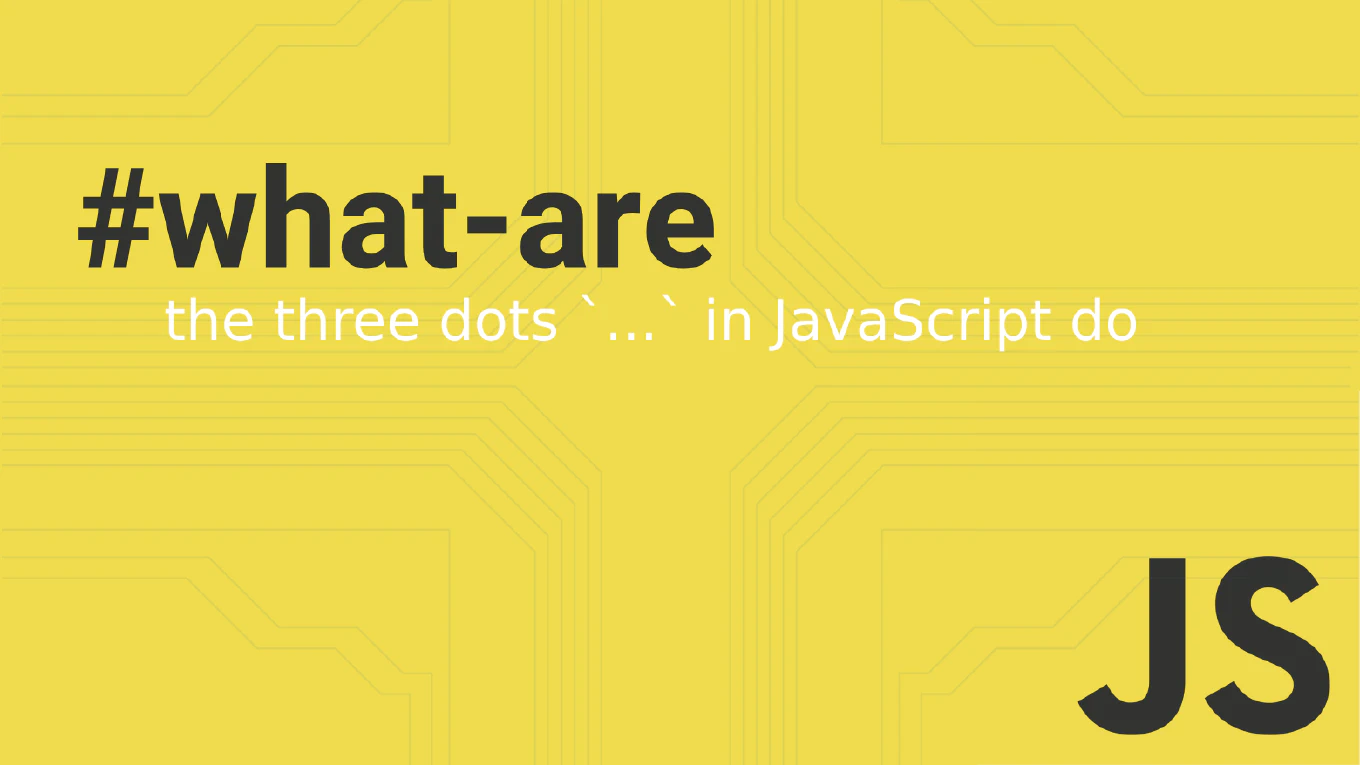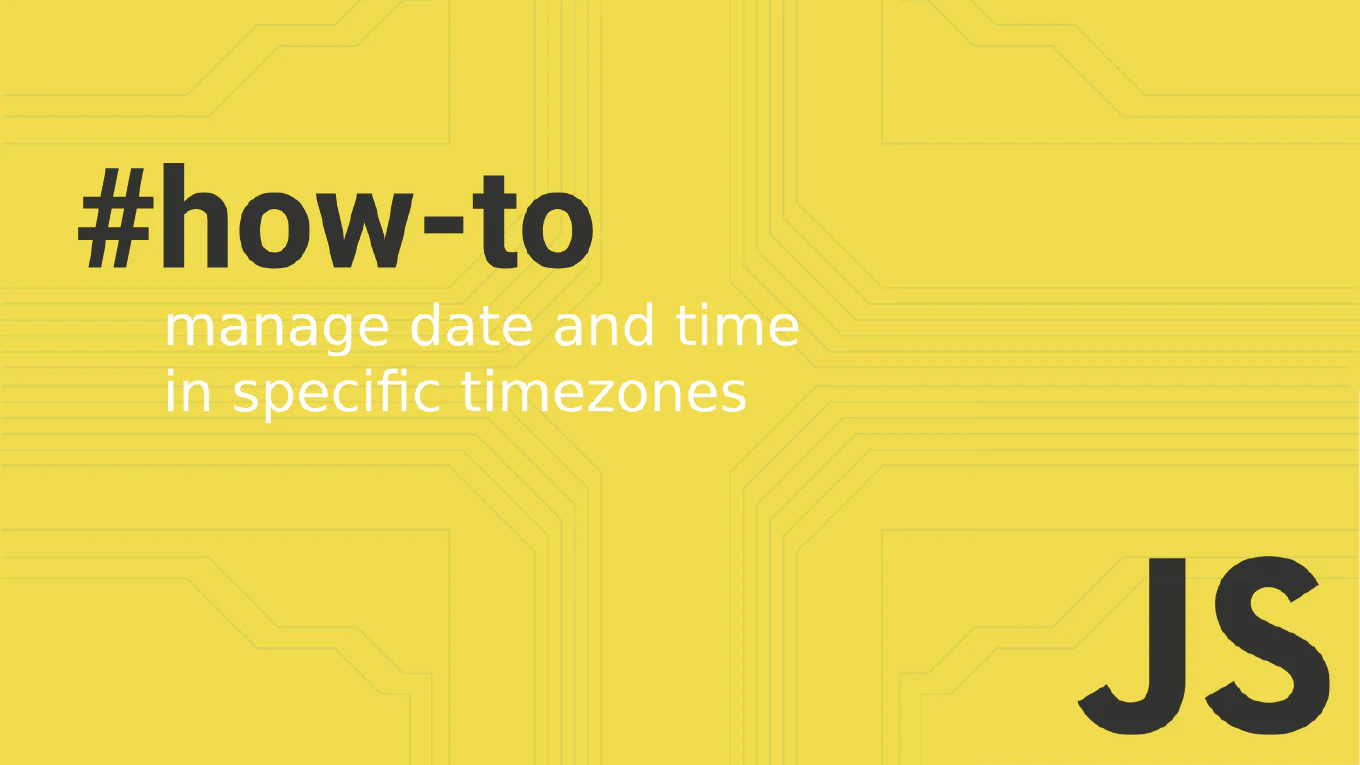How to resolve merge conflicts in Git
Resolving merge conflicts in Git enables collaborative development by handling competing changes when multiple developers modify the same code sections. As the creator of CoreUI with over 11 years of Git experience managing large development teams, I’ve resolved countless merge conflicts in enterprise projects and open-source repositories. From my expertise, the most systematic approach is understanding conflict markers, carefully reviewing changes, and using merge tools for complex conflicts to maintain code quality. This process ensures all developer contributions are properly integrated while preserving the intended functionality of both change sets.
Identify conflict markers, manually resolve differences, and stage resolved files for successful merge completion.
# Create a merge conflict scenario
git checkout main
git checkout -b feature-branch
echo "Feature change" >> file.txt
git add file.txt
git commit -m "Add feature change"
git checkout main
echo "Main change" >> file.txt
git add file.txt
git commit -m "Add main change"
# Attempt merge (will create conflict)
git merge feature-branch
# View conflict status
git status
# Examine conflict markers in file
cat file.txt
# <<<<<<< HEAD
# Main change
# =======
# Feature change
# >>>>>>> feature-branch
# Manual resolution
cat > file.txt << 'EOF'
Main change
Feature change
EOF
# Stage resolved file
git add file.txt
# Complete merge
git commit -m "Resolve merge conflict between main and feature changes"
# Alternative: Use merge tool
git mergetool
# Abort merge if needed
git merge --abort
Here conflict markers <<<<<<<, =======, and >>>>>>> separate the competing changes. The section between <<<<<<< HEAD and ======= shows the current branch changes, while the section between ======= and >>>>>>> branch-name shows the incoming changes. After manual resolution, git add stages the resolved file and git commit completes the merge.
Best Practice Note:
This is the same approach we use in CoreUI development workflows for managing conflicts in collaborative projects with multiple contributors working simultaneously. Always review the context of conflicting changes thoroughly and test resolved code before completing merges to maintain repository stability and code quality.







